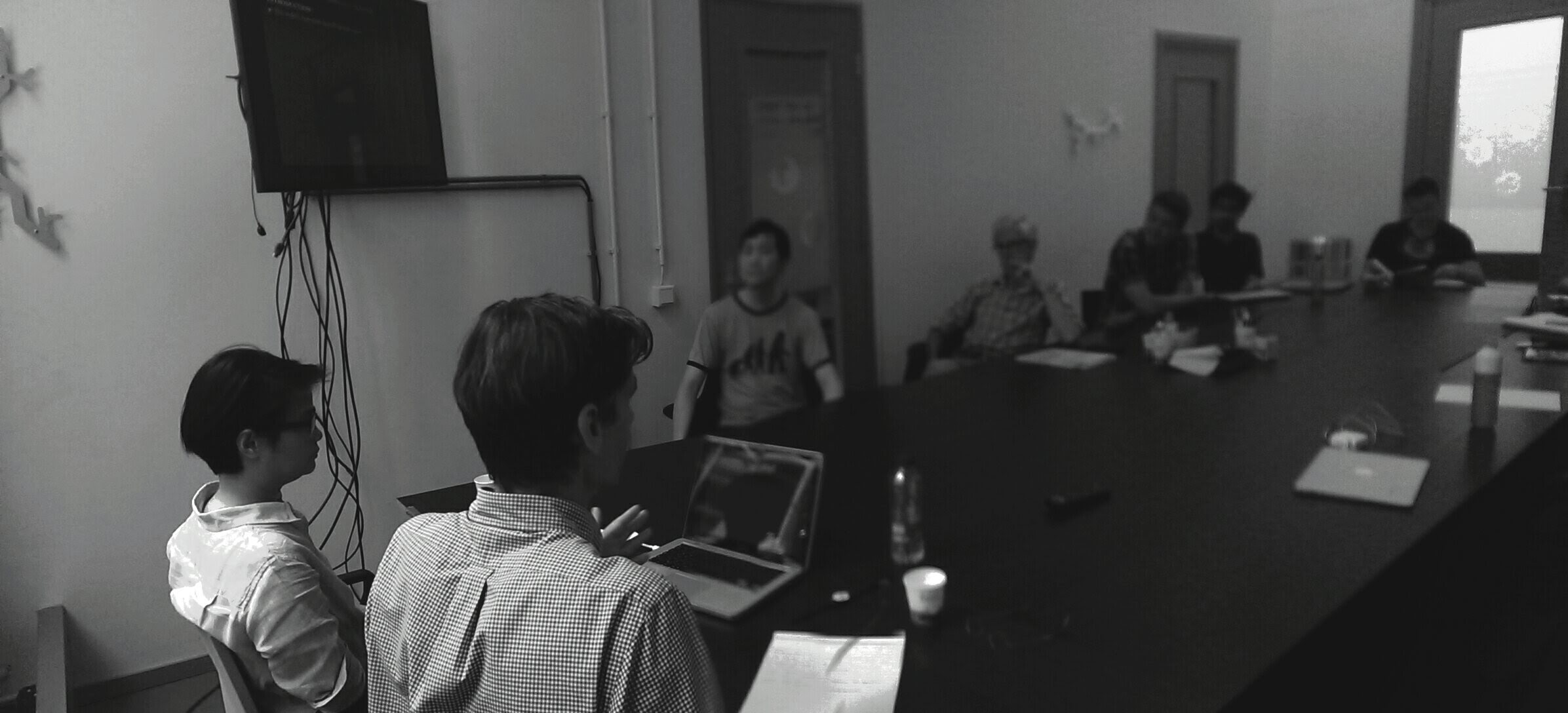12.30 pm, 22 June 2017, BG West 290, BK, TU Delft
SPS Seminar, special edition on Asian Postcolonial Cities, with two speakers:
Gregory Bracken
Asian Cities: Colonial to Global
Why have certain cities in Asia taken such a lead in the twenty-first century? How have they been able to make the successful segue from nodes in colonial-era networks into key global players in their own right? Could it be that they have been making canny use of infrastructure inherited from the era of Western colonial expansion? Or is there something else that underpins and explains these cities’ remarkable global dominance? This seminar cover material from the book Asian Cities: Colonial to Global (edited by Gregory Bracken, Amsterdam University Press, 2015) to examine how some of the urban environments of Asia have managed to successfully make the transition from colonial-era nodes into global cities. It will highlight a variety of multi-disciplinary viewpoints, including history, geography, and cultural studies, as well as architecture and urbanism, the main lens through which these cities and their networks are examined, to try and formulate a new understanding of what makes Asian cities such global leaders, as well as point out some object lessons for those less successful in this endeavour.
Nurul Azlan
Of Amnesia and Mimicry
In this seminar, the development trajectory of the built environment in Malaysia from Independence (1957) onwards is interrogated through the lens of ‘amnesia’ and ‘mimicry’ from a postcolonial perspective. After a brief introduction about the terms, we discuss how the political and economic aspirations of this post-colonial state are manifested in the production of its architecture, where certain aspects of history are conveniently forgotten but others are selectively remembered to the point of recreating what was not there to begin with. We will also discuss how the post-colonial society is replicating the colonial structure in its attitude towards public space, and how the Malaysian struggle with its ‘architecture identity’ stemmed from this postcolonial anxiety.





